RFID (Radio Frequency Identification) is the foundation of modern tracking, automation, and visibility. It's used everywhere—from inventory management and supply chains to smart retail, logistics, and healthcare.
But what exactly is RFID? What are the components of an RFID system? And how does it all work?
This guide answers the most commonly asked questions about RFID—so you can understand the value, components, and applications of this essential technology.
What Is RFID and How Does It Work?
RFID uses radio waves to automatically identify and track objects. Unlike barcodes, RFID doesn’t require line-of-sight scanning. You can read hundreds of items in seconds—even if they’re hidden inside boxes or behind other objects.
An RFID system typically includes:
-
RFID tags or labels (attached to the object being tracked)
-
RFID readers (fixed or handheld devices that detect the tags)
-
Antennas (amplify the signal between reader and tag)
-
RFID software (connects the data to your systems like WMS or ERP)
When an RFID tag passes through a reader’s range, it transmits data (like item ID, batch number, or location) instantly.
What’s the Difference Between RFID Tags and RFID Labels?
Both RFID tags and RFID labels serve the same purpose—item identification—but they differ in form factor and application:
| Type | Description | Use Case |
|---|---|---|
| RFID Labels | Thin, printable, adhesive-backed. Often include a barcode or QR. | Retail, logistics, pharma |
| RFID Tags | Rugged, reusable, often encased in plastic or metal. | Industrial, outdoor, tools, equipment |
| On-metal RFID Tags | Specially designed for use on metal surfaces | Automotive, IT assets, railcars |
At TRC, we offer both, including custom RFID labels designed for your product shape, material, and environment.
Types of RFID Technology
RFID is typically divided into three frequency categories:
-
Low Frequency (LF) – Short read range, good for liquid-filled environments
-
High Frequency (HF/NFC) – Used in contactless payments and ID cards
-
Ultra High Frequency (UHF) – Long range, fast read speed, perfect for supply chain use
At TRC, we focus on UHF RFID as it's the dominant standard in logistics, retail, and manufacturing.
What Hardware Is Needed for an RFID System?
A complete RFID system includes:
-
RFID Readers:
-
Fixed readers for gates, conveyors, doors
-
Mobile readers for inventory counts and audits
-
-
Antennas: Optimize coverage and range
-
Printers/Encoders: For printing and encoding RFID labels
-
Middleware: Connects the reader data to your business systems
TRC supplies RFID hardware from leading global brands, and can help integrate them into your operational setup.
Can RFID Be Integrated with ERP or WMS?
Absolutely. RFID is often integrated with:
-
ERP systems (SAP, Oracle, Microsoft Dynamics)
-
WMS platforms for real-time inventory tracking
-
POS systems in retail
-
IoT platforms for smart manufacturing or logistics
We provide full support for RFID software integration, so your data flows smoothly across platforms—from warehouse to store to cloud.
What Can RFID Track?
RFID is highly versatile. It can be used to track:
-
Products and packages (RFID labels)
-
Returnable containers and pallets
-
IT assets and tools
-
Work-in-progress items in factories
-
Retail inventory across stores and warehouses
-
Medical equipment, specimens, and pharmaceuticals
What Are the Benefits of RFID?
-
✅ Real-time inventory visibility
-
✅ Reduced labor costs
-
✅ Improved accuracy (up to 99%)
-
✅ Faster audits and cycle counts
-
✅ Loss prevention & better traceability
-
✅ Streamlined logistics and order fulfillment
Final Thoughts: RFID Is More Accessible Than You Think
RFID is no longer “future tech”—it’s available, scalable, and already powering thousands of operations across industries.
Whether you're a small warehouse or a global brand, TRC can help you design, supply, and scale an RFID system that works—starting with the right mix of RFID labels, RFID tags, hardware, and integration.
Have questions about getting started with RFID?
Contact TRC for help choosing the right tags, labels, and systems for your business.
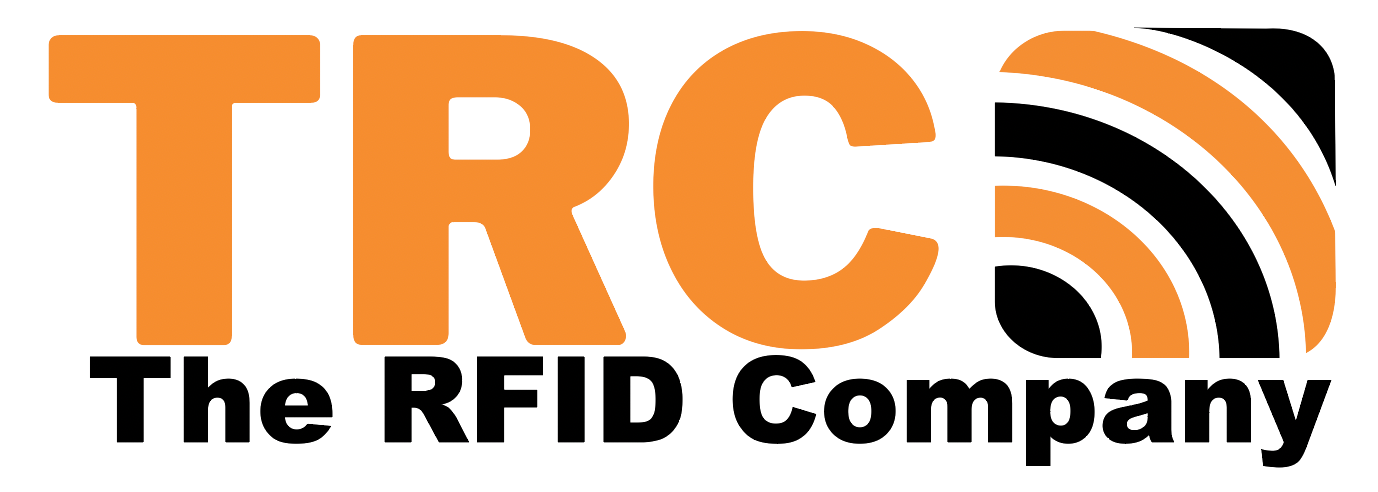
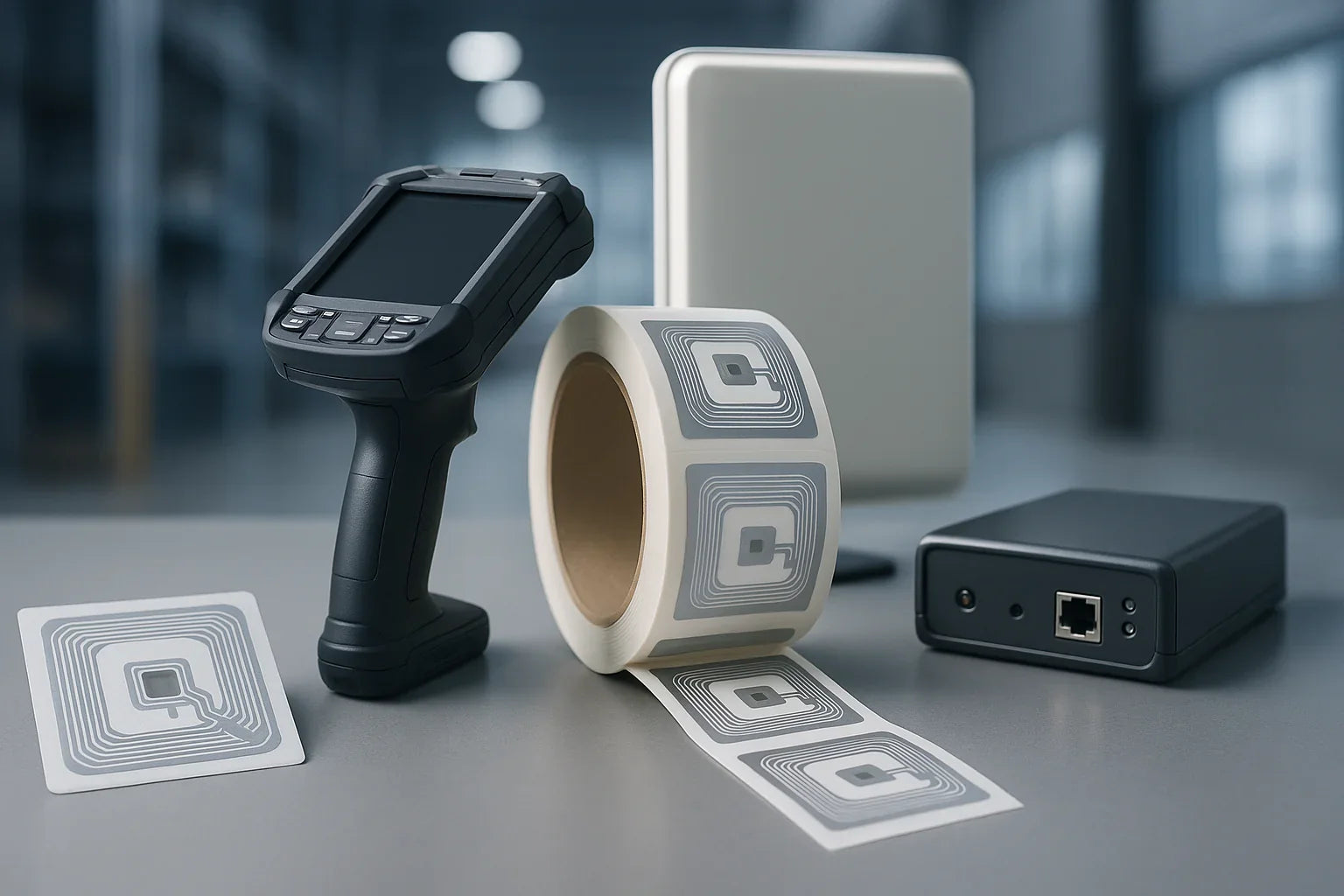
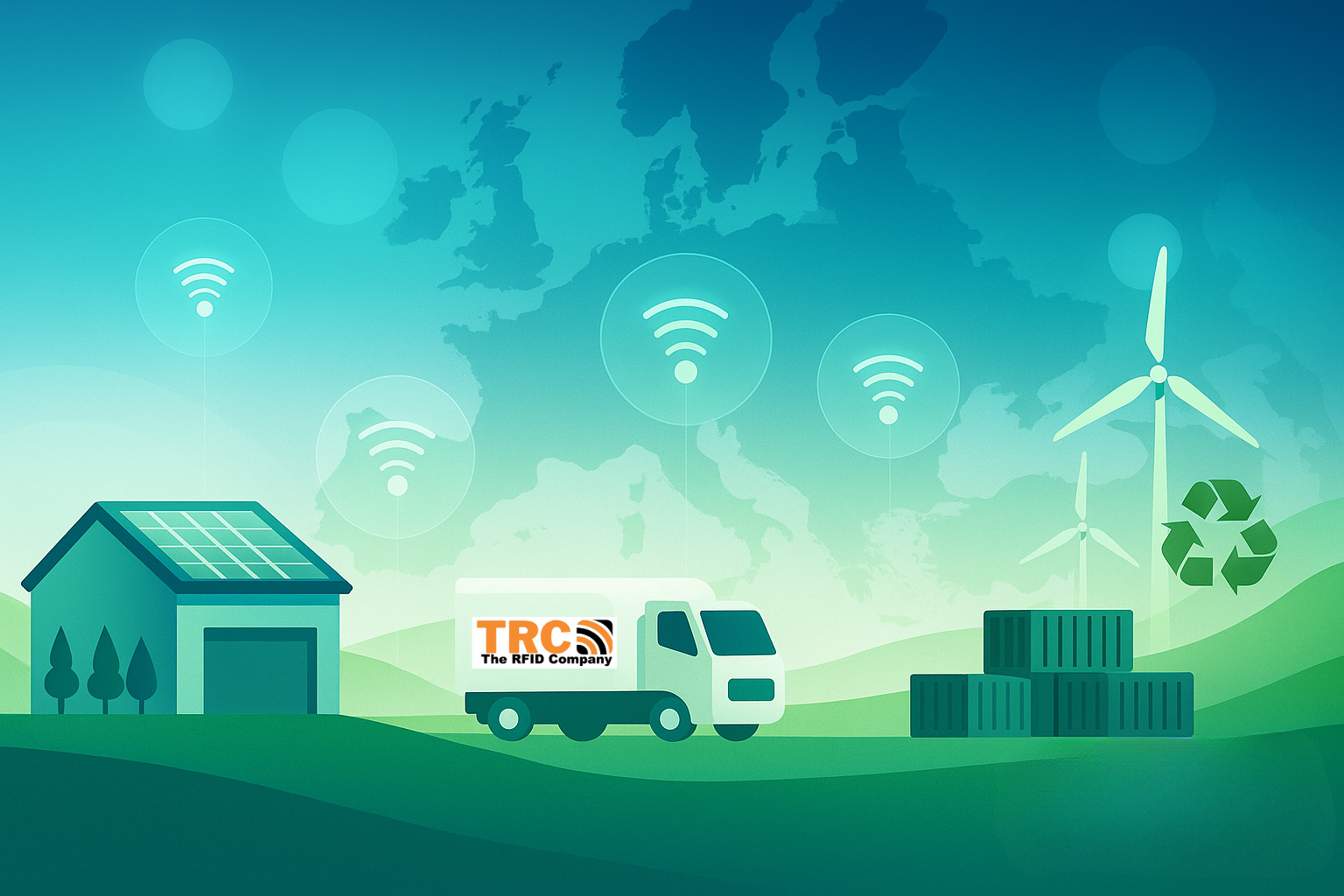
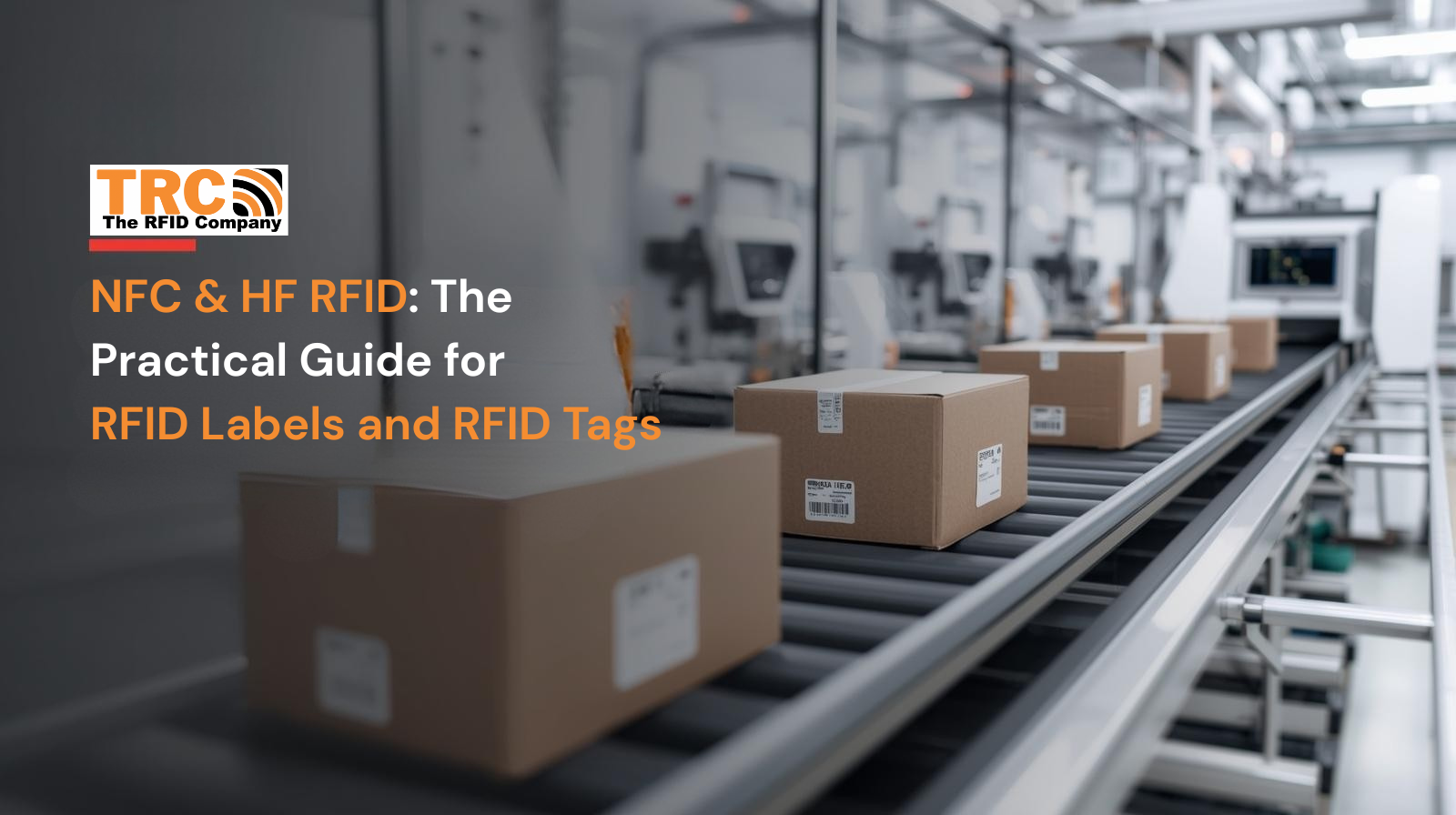
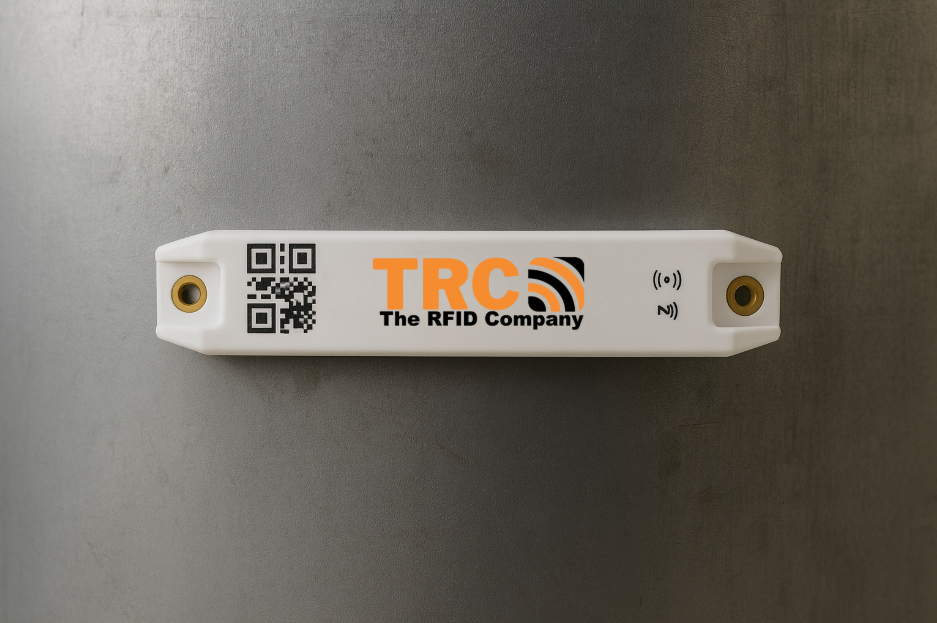
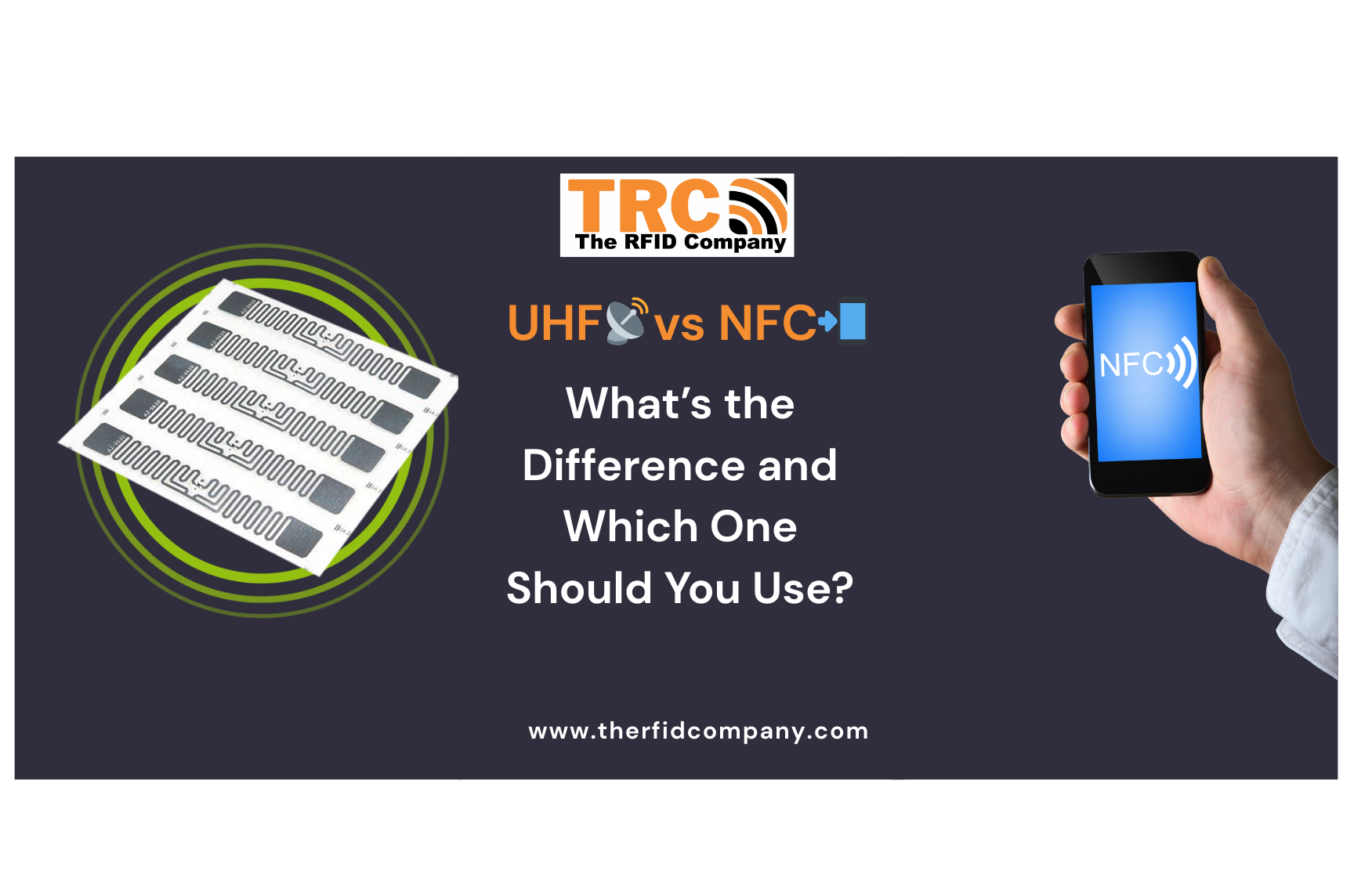
Share:
RFID Labels in Retail: Powering the Smart Store Revolution
RFID Stickers or Adhesive Tags? Here’s What They Really Are